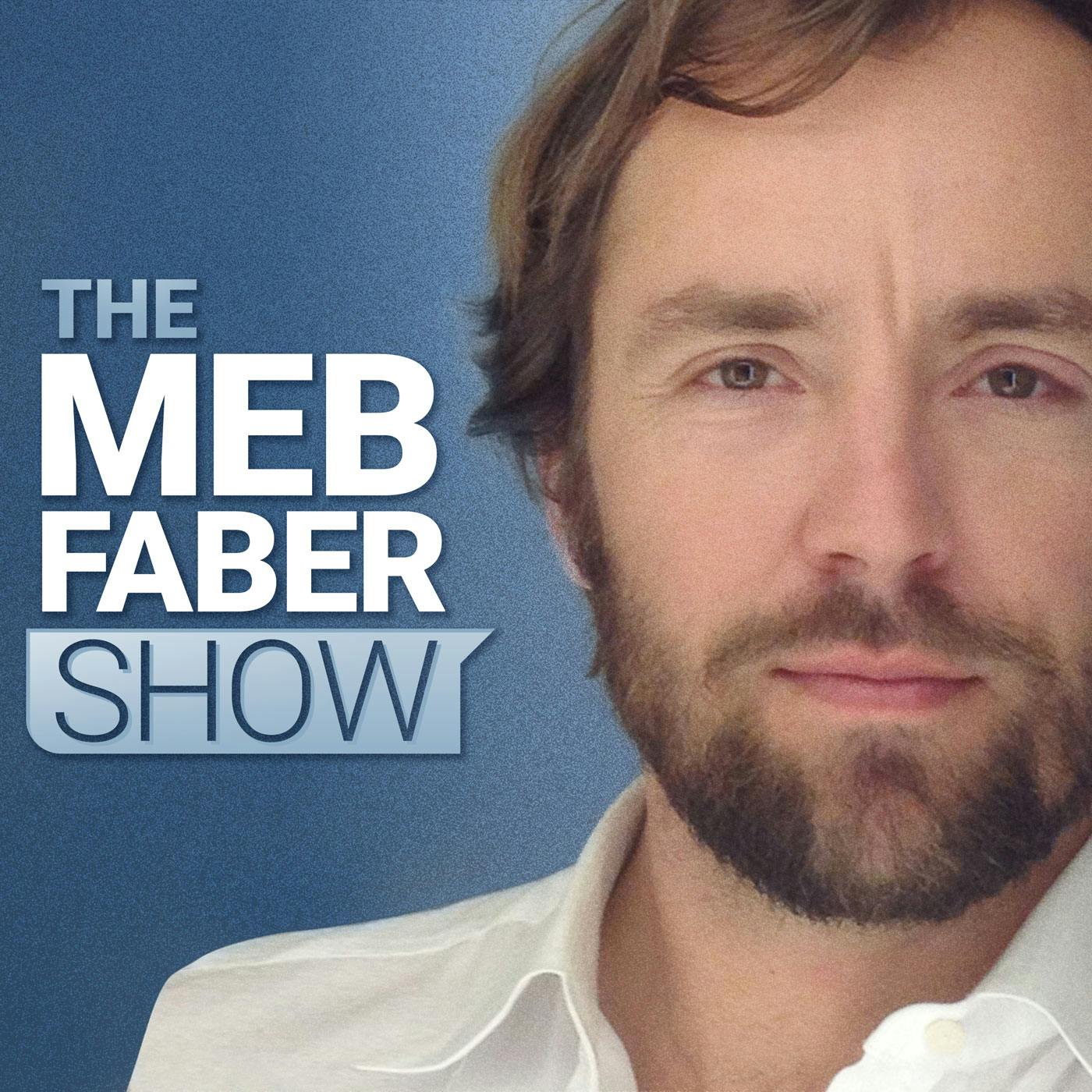- Business
- Investing
- SEE MORE
- classical
- general
- talk
- News
- Family
- Bürgerfunk
- pop
- Islam
- soul
- jazz
- Comedy
- humor
- wissenschaft
- opera
- baroque
- gesellschaft
- theater
- Local
- alternative
- electro
- rock
- rap
- lifestyle
- Music
- como
- RNE
- ballads
- greek
- Buddhism
- deportes
- christian
- Technology
- piano
- djs
- Dance
- dutch
- flamenco
- social
- hope
- christian rock
- academia
- afrique
- Business
- musique
- ελληνική-μουσική
- religion
- World radio
- Zarzuela
- travel
- World
- NFL
- media
- Art
- public
- Sports
- Gospel
- st.
- baptist
- Leisure
- Kids & Family
- musical
- club
- Culture
- Health & Fitness
- True Crime
- Fiction
- children
- Society & Culture
- TV & Film
- gold
- kunst
- música
- gay
- Natural
- a
- francais
- bach
- economics
- kultur
- evangelical
- tech
- Opinion
- Government
- gaming
- College
- technik
- History
- Jesus
- Health
- movies
- radio
- services
- Church
- podcast
- Education
- international
- Transportation
- Other
- kids
- podcasts
- philadelphia
- Noticias
- love
- sport
- Salud
- film
- and
- 4chan
- Disco
- Stories
- fashion
- Arts
- interviews
- hardstyle
- entertainment
- humour
- medieval
- literature
- alma
- Cultura
- video
- TV
- Science
- en
Ed Easterling - In Reality, Normal is Actually Volatile. Normal is Not Mellow" | #55

b'In Episode 55, we welcome Ed Easterling. Meb starts by referencing a survey he just conducted, asking readers\\u2019 opinions as to the single best investing book out there. It turns out that Ed\\u2019s book, Unexpected Returns, made the top 50 list, so Meb offers Ed a kudos.\\nBut the guys hop into market discussions quickly. Ed tells us that the stock market is not driven by randomness. It\\u2019s predictable in the long run, driven by three components: 1) earnings growth, 2) dividend yield, and 3) the change in valuation level. Stock market returns over the short-term are unpredictable, but over the longer-term they\\u2019re highly predictable. And the key driver is the starting level valuation.\\nMeb brings up how numerous investors are currently expecting 10% returns (based on long-term averages). He asks Ed if that\\u2019s warranted.\\nIt turns out, we need to distinguish between long-term returns (say, 100 years) and a return-period that\\u2019s more relevant to the average investor (say, 10 or 20 years). This is because changes in PE levels are much more significant for returns over 10-20 year periods for individual investors, more so than over 100 years.\\nMeb asks if Ed has a favorite PE ratio. Ed likes Shiller\\u2019s CAPE and the Crestmont PE \\u2013 which is driven by GDP and EPS. Ed finds value in comparing the two. They have similar results yet have different approaches.\\nAll the talk of valuation leads the guys into a discussion of secular versus cyclical markets. Ed offers some general context for secular versus cyclical, then says we\\u2019re definitely in a secular bear market. He offers up some great details here, factoring in valuations and the inflation rate.\\nMeb asks what will make the cyclical bear end? Ed says the PE has to get low enough where it can double or triple. So, starting out in the high 20s right now, the PE would need to get down to at least the mid-teens, if not the low-teens.\\nSoon, the conversation gravitates toward \\u201cvolatility gremlins,\\u201d with Meb asking Ed to define the term and explain.\\nThere are two volatility gremlins that compromise the compounded returns investors receive: 1) the effect of losses \\u2013 Ed gives us example of the math behind wins and losses; 2) the dispersion of returns \\u2013 steady returns yield the best compounding, but when returns are more dispersed, it adversely affects the compounding. Meb asks, \\u201cwhat then?\\u201d How does one build a portfolio knowing this? Ed answers by giving us a great analogy involving rowing and sailing.\\nNext, the guys touch on volatility and what will be the trigger that moves us from this mellow inflation environment. Ed says that volatility is a reflection of the movement of the markets, which also reflects investor sentiment and complacency. By one of the measures of volatility that Ed tracks, he says we\\u2019re well-into the lowest 3% or 4% of all periods since 1950. The other volatility measure is the VIX, which is settling again, back around 10. Do you know how many days since 1990 the VIX has dipped below 10? Ed tells us, and yes, we\\u2019re flirting with a sub-10 level right now.\\nThere\\u2019s far much more in this episode: Where Ed would point a new investor starting in this environment\\u2026 The biggest investing misconception Ed sees from his students\\u2026 Ed\\u2019s favorite investing styles/strategies within the hedge fund space\\u2026 And advice for retirees and/or income investors.\\nWhat is it? Find out in Episode 55.\\nLearn more about your ad choices. Visit megaphone.fm/adchoices'